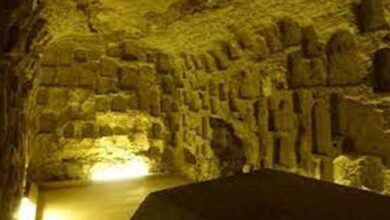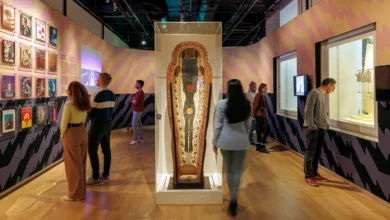A new satellite survey in Egypt, led by American Egyptologist Sarah Parcak of the University of Alabama, Birmingham, has uncovered 17 pyramids, over 1,000 tombs and 3,000 ancient settlements, according to reports from the BBC news service.
The underground buildings were revealed using infrared technology from satellites that can identify objects less than one meter in diameter on the earth’s surface. Initial excavations have already confirmed some of the findings.
Parcak was reported as saying that she was amazed by the findings of the survey, which has been ongoing for over a year. "To excavate a pyramid is the dream of every archaeologist," she said.
Parcak told the BBC that more antiquities are awaiting discovery as silt from the Nile has covered thousands of sites over the years.
The findings contradict the view of local authorities that the Saqqara area in the Governorate of Giza is of little archaeological interest. Instead, the recent finds suggest that it is one of the most important sites in Egypt.
A 3000-year-old house was also excavated in Tanis based on the results of the survey.
Parcak believes that infrared technology could also be used to safeguard Egypt’s antiquities, which have been subject to wide-scale attacks by looters since the 25 January revolution.
The new technology can also help to engage young people in science and help archaeologists prioritize which areas to excavate first, she hopes.




